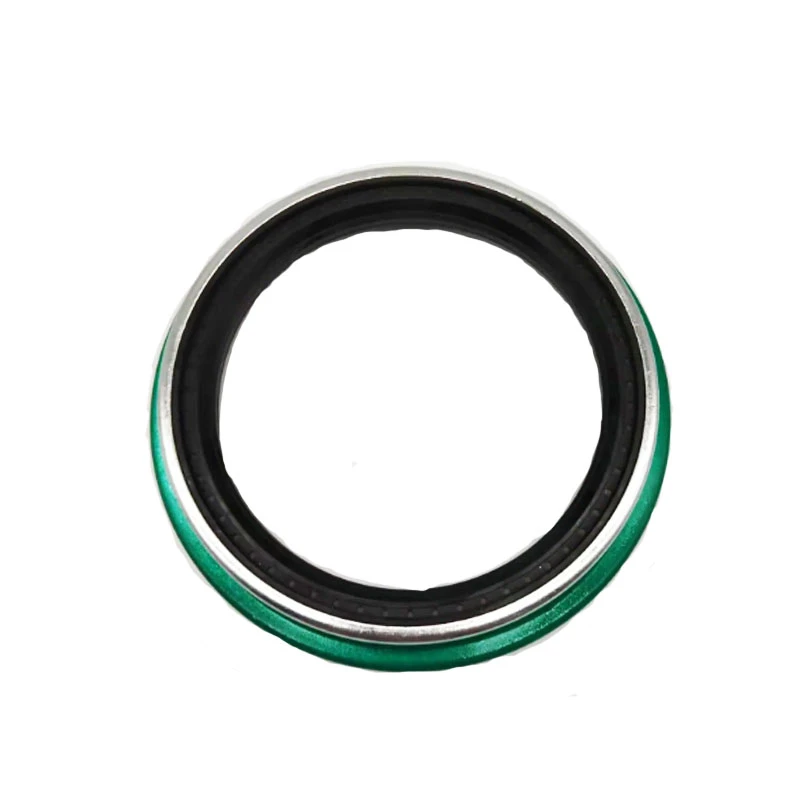engine oil drain plug
Understanding the Engine Oil Drain Plug Importance and Maintenance
The engine oil drain plug may seem like a small and often overlooked component of vehicle maintenance, but it plays a crucial role in ensuring the longevity and performance of your engine. This inconspicuous plug is typically found at the lowest point of the engine oil pan, serving as the primary outlet for old engine oil during an oil change. Understanding its function, maintenance, and potential issues can help car owners keep their vehicles operating smoothly.
Function of the Engine Oil Drain Plug
The primary function of the drain plug is to provide a means for draining used oil from the engine when it's time for a change. Oil lubricates the engine's moving parts, reducing friction and wear. Over time, the oil becomes contaminated with dirt, debris, and combustion by-products, necessitating a change. During this process, the drain plug is removed to allow the oil to flow out completely, ensuring that fresh oil can be added without any old remnants affecting performance.
Choosing the Right Drain Plug
When replacing your engine oil drain plug, it’s important to select the correct one for your specific vehicle model. Drain plugs come in various sizes and thread types, so consulting your vehicle’s manual or a professional mechanic is highly recommended. Using the wrong plug can lead to leaks or improper sealing, which can compromise engine efficiency and lead to more severe issues down the line.
Common Issues and Maintenance Tips
engine oil drain plug

One common issue with drain plugs is stripping the threads over time, which can cause leaks. It’s crucial to avoid overtightening the plug during installation, as excessive torque can lead to thread damage. If you notice any signs of leaking oil around the drain plug, it may be time to replace it or use a thread sealant designed for automotive applications.
Another potential problem is corrosion, especially in areas with harsh weather conditions or where salt is used on the roads. Regular inspections of the oil drain plug for rust or corrosion can help catch issues early. If extensive corrosion is observed, replacing the plug is the best course of action to avoid failure.
Performing Regular Oil Changes
In addition to maintaining the drain plug itself, regular oil changes are vital to the health of your engine. It is generally recommended to change the engine oil every 3,000 to 7,500 miles, depending on the type of oil used and your vehicle’s specific requirements. During an oil change, always inspect the drain plug and surrounding area for any signs of leaks or damage.
Conclusion
The engine oil drain plug may not be the most glamorous component of your vehicle, but it is undeniably essential for proper engine maintenance. By understanding its function, ensuring the use of the correct plug, regularly inspecting for wear and damage, and performing timely oil changes, vehicle owners can extend the life of their engines and enhance overall performance. Taking these simple steps can save you from more significant repairs down the road, making your car maintenance efforts both effective and economical.
-
The Ultimate Guide to Boat Propeller Bearings and Trailer Wheel Bearings
News Jul.31,2025
-
The Essential Guide to Marine Bearings and Boat Trailer Wheel Bearings
News Jul.31,2025
-
The Complete Guide to Heavy Duty Seals: Protecting Doors and Spaces Efficiently
News Jul.31,2025
-
Essential Guide to Marine Shaft Bearings and Boat Trailer Axle Bearings
News Jul.31,2025
-
Comprehensive Guide to Marine and Trailer Bearings for Safe Boating and Transport
News Jul.31,2025
-
Comprehensive Guide to Automotive Oil Seals: Protecting Your Engine and Shafts
News Jul.31,2025
-
Understanding Automotive Oil Seals: Essential Components for Engine and Shaft Protection
News Jul.30,2025
Products categories















